Indigenous Governance Database
Cultural Affairs
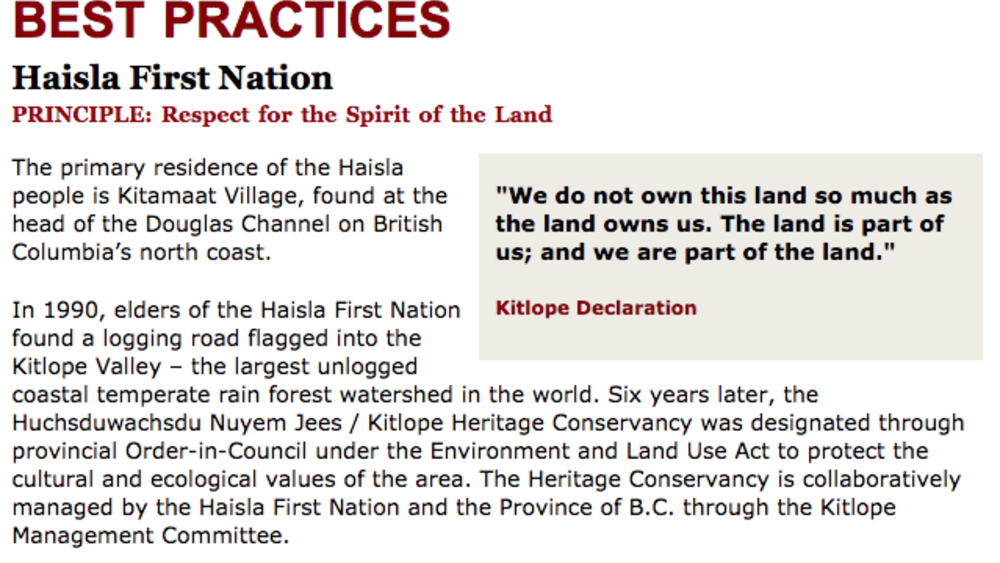
Best Practices Case Study (Respect the Spirit in the Land): Haisla First Nation
The primary residence of the Haisla people is Kitamaat Village, found at the head of the Douglas Channel on British Columbia's north coast. In 1990, elders of the Haisla First Nation found a logging road flagged into the Kitlope Valley -- the largest unlogged coastal temperate rainforest watershed…
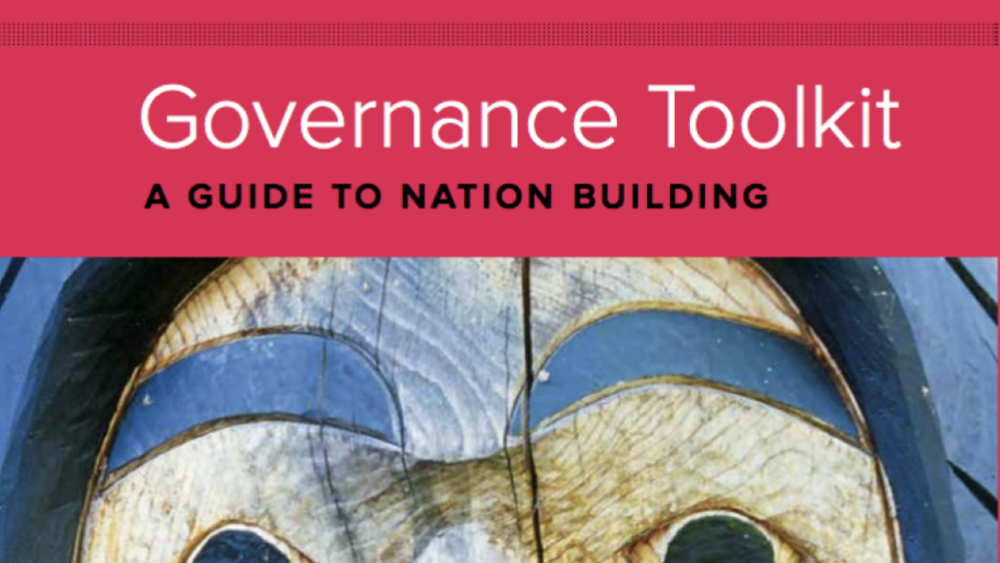
British Columbia Assembly of First Nations Governance Toolkit: A Guide to Nation Building
The BCAFN is pleased to present the first edition of the BCAFN Governance Toolkit: A Guide to Nation Building in accordance with our Building on OUR Success action plan and the first pillar of that plan, "Strong and Appropriate Governance." The Toolkit is a comprehensive guide intended to assist…
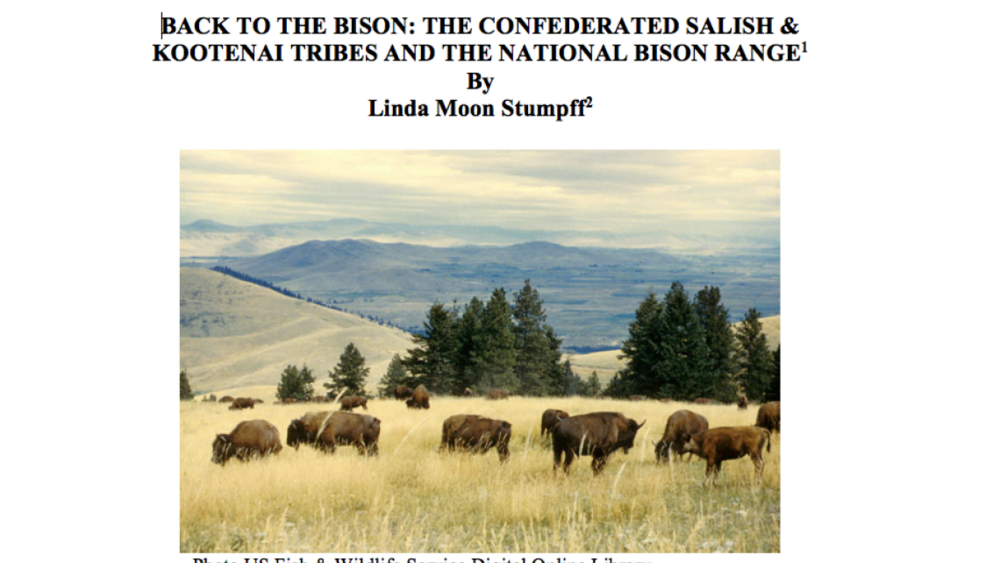
Back to the Bison Case Study Part I
Thirty years after taking over the reins of forestry, recreation, wildlife and other natural resource operations on their reservation lands, the Confederated Salish and Kootenai Tribes (CSKT) established a reputation for environmental leadership in wildlife, wilderness, recreation and co-management…
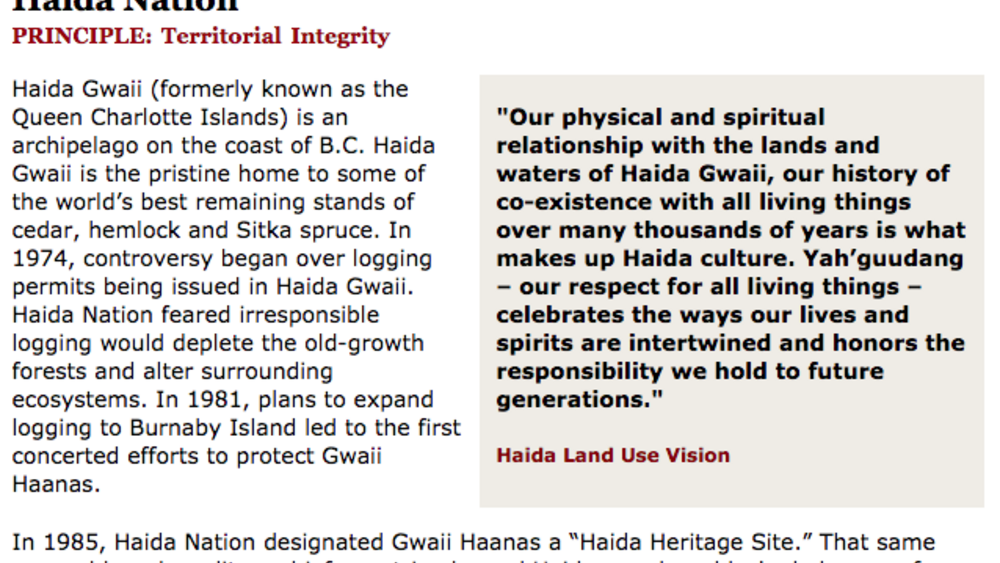
Best Practices Case Study (Territorial Integrity): Haida Nation
Haida Gwaii (formerly known as the Queen Charlotte Islands) is an archipelago on the coast of B.C. Haida Gwaii is the pristine home to some of the world's best remaining stands of cedar, hemlock and Sitka spruce. In 1974, controversy began over logging permits being issued in Haida Gwaii. Haida…
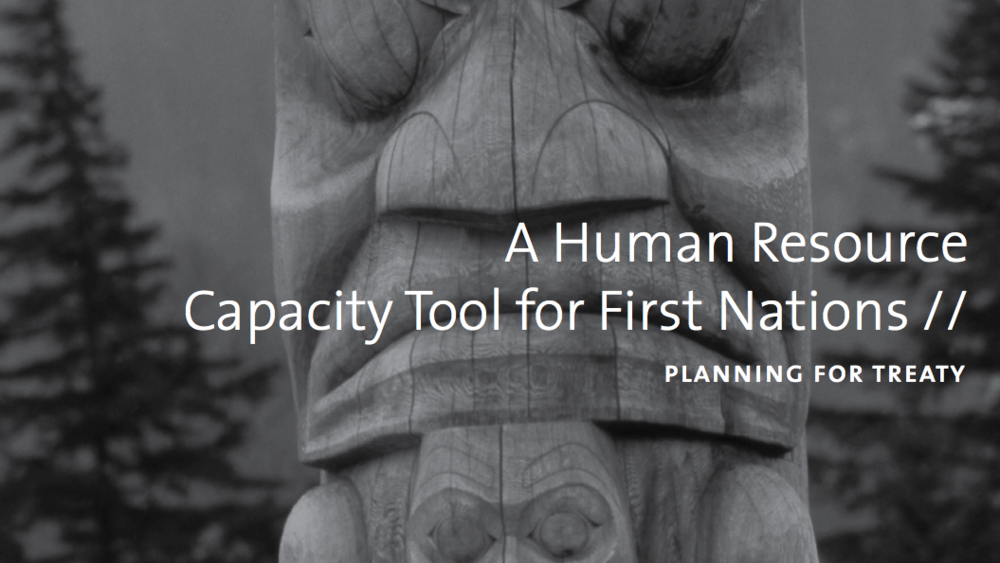
A Human Resource Capacity Tool for First Nations
This tool was developed by the British Columbia Treaty Commission (BCTC) to assist BC First Nations who are working through the treaty process with their Human Resource (HR) planning. It responds to a growing need for a practical, efficient tool for First Nations with diverse sets of priorities,…
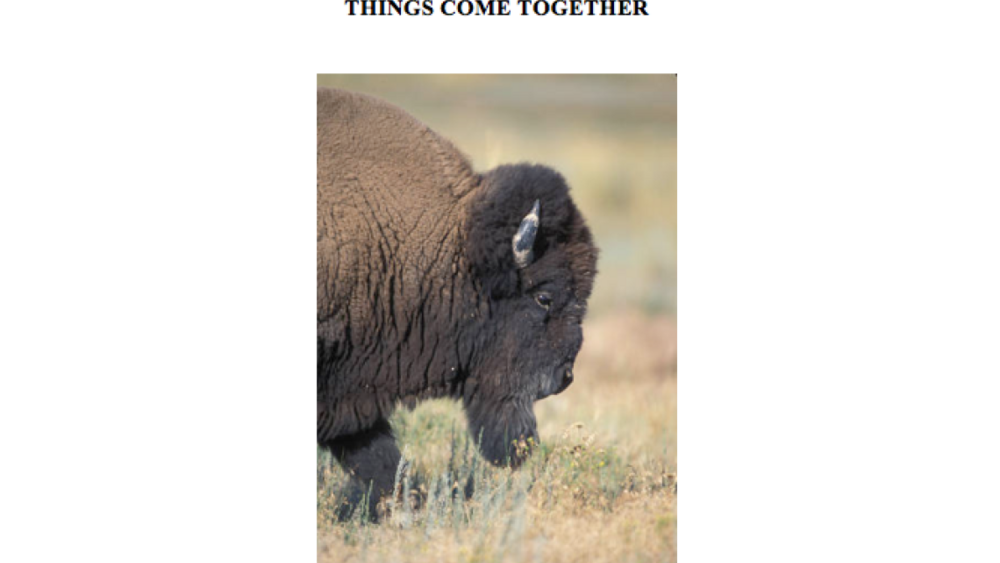
Back to the Bison Case Study Part II
After the Confederated Salish Kootenai Tribes (CSKT) made the decision to work towards signing a management agreement, they began discussions with United States Fish and Wildlife Service (USFWS) in 1994 to pursue the co-management and joint operation of the National Bison Range Complex (NBRC) which…
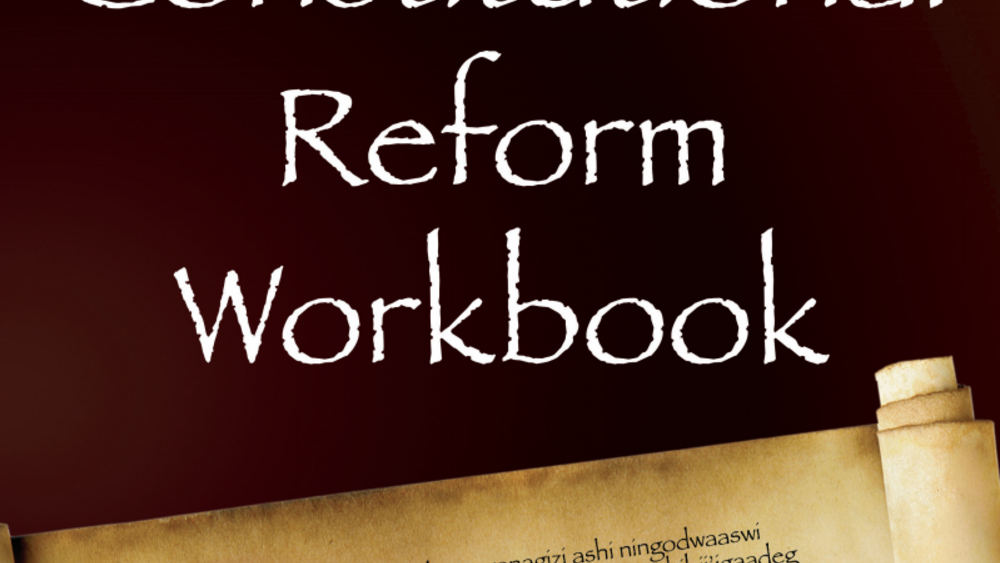
White Earth Nation Constitutional Reform Workbook
The core purpose of this Constitution is to take action and directly express, through that action, native cultural sovereignty. This workbook is designed to help the citizens of the White Earth Nation to understand their constitution. Through this effort and through your understanding of the…
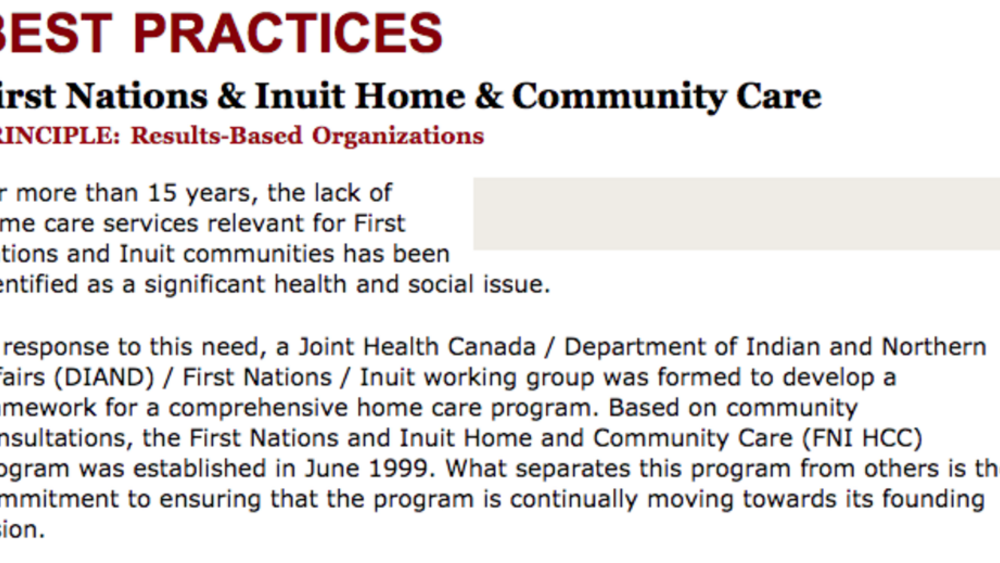
Best Practices Case Study (Results-Based Organizations): First Nations & Inuit Home & Community Care
For more than 15 years, the lack of home care services relevant for First Nations and Inuit communities has been identified as a significant health and social issue. In response to this need, a Joint Health Canada / Department of Indian and Northern Affairs (DIAND) / First Nations / Inuit…
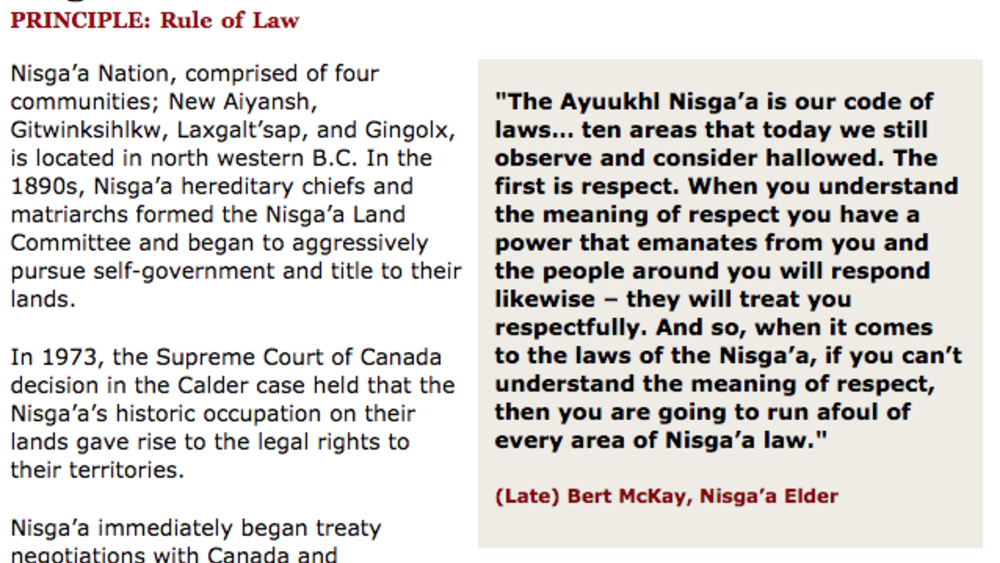
Best Practices Case Study (Rule of Law): Nisga'a Nation
Nisga'a Nation, comprised of four communities; New Aiyansh, Gitwinksihlkw, Laxgalt'sap, and Gingolx, is located in northwestern B.C. In the 1890s, Nisga'a hereditary chiefs and matriarchs formed the Nisga'a Land Committee and began to aggressively pursue self-government and title to their lands.…
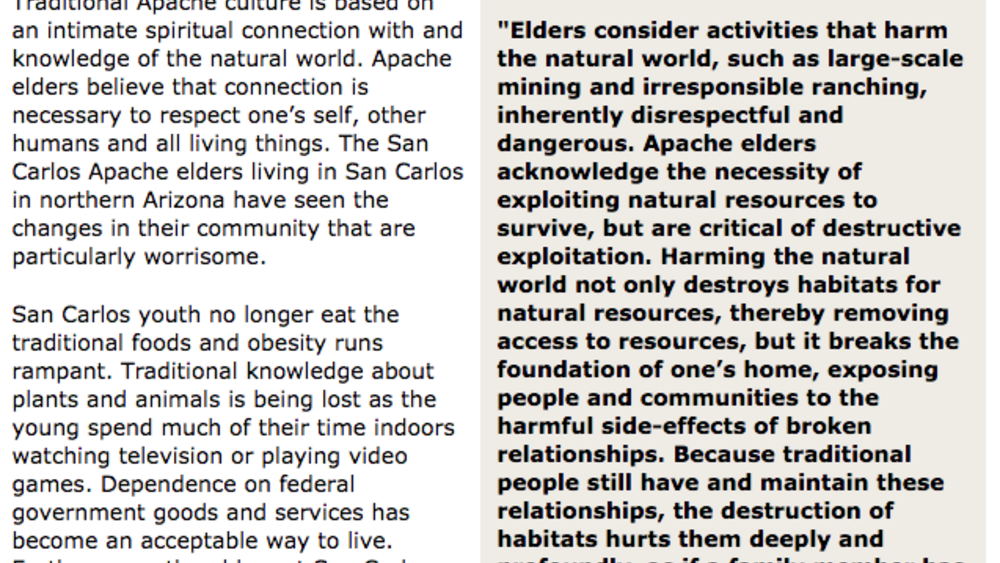
Best Practices Case Study (Cultural Alignment of Institutions): San Carlos Apache
Traditional Apache culture is based on an intimate spiritual connection with and knowledge of the natural world. Apache elders believe that connection is necessary to respect one’s self, other humans and all living things. The San Carlos Apache elders living in San Carlos in northern Arizona have…
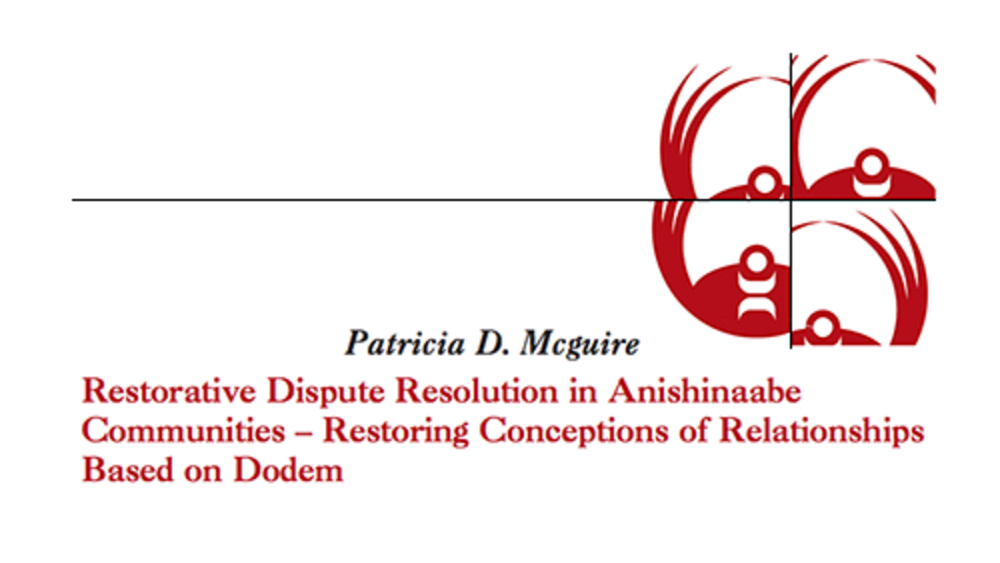
Restorative Dispute Resolution In Anishinaabe Communities - Restoring Conceptions of Relationships Based on Dodem
Social relationships, not political, hold communities together. In Anishinaabe communities, external colonial agencies created changes. External upheavals by colonial governments, education and helping agencies have eroded social structures that nourished communities. Yet, it is the…
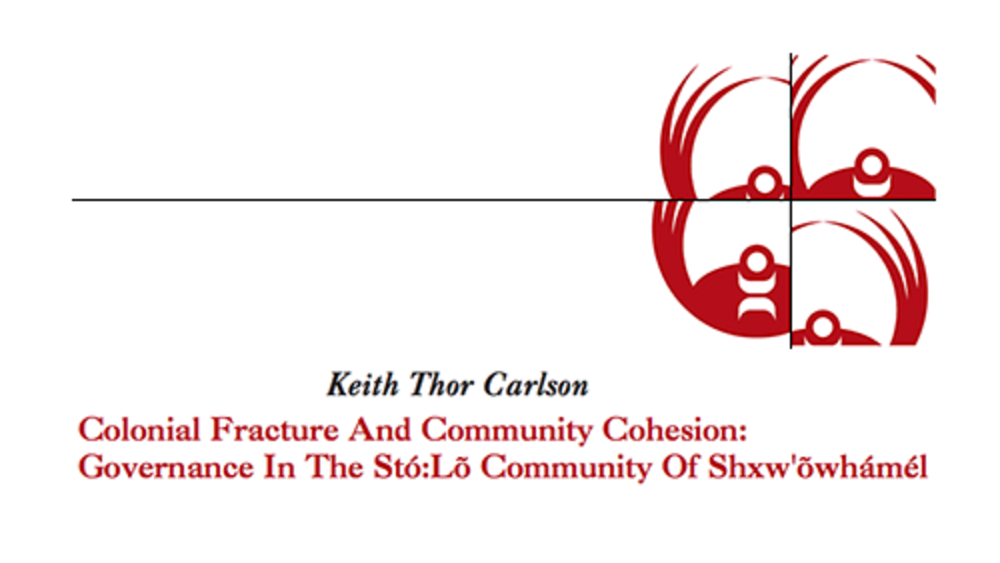
Colonial Fracture And Community Cohesion: Governance In The Stó:Lõ Community Of Shxw'õwhámél
This paper has three goals: 1) To briefly outline the process through which Shxw’õwhámél came to adopt the Siyá:m System in 1994; 2) to highlight certain concerns about the limitations of that system as articulated by community members in 2006; and 3) to provide a detailed discussion of those…
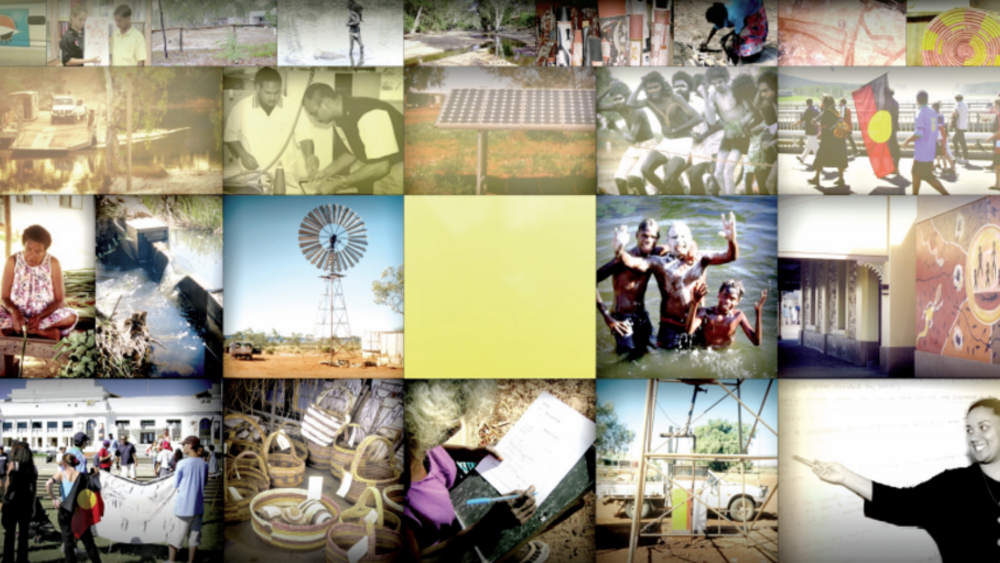
From Gove to Governance: Reshaping Indigenous Governance in the Northern Territory
This paper attempts to identify the key challenges facing Indigenous people and governments in reshaping the architecture of Indigenous governance in the Northern Territory of Australia, and considers some strategic options for a way forward. First, a brief historical background is provided to…
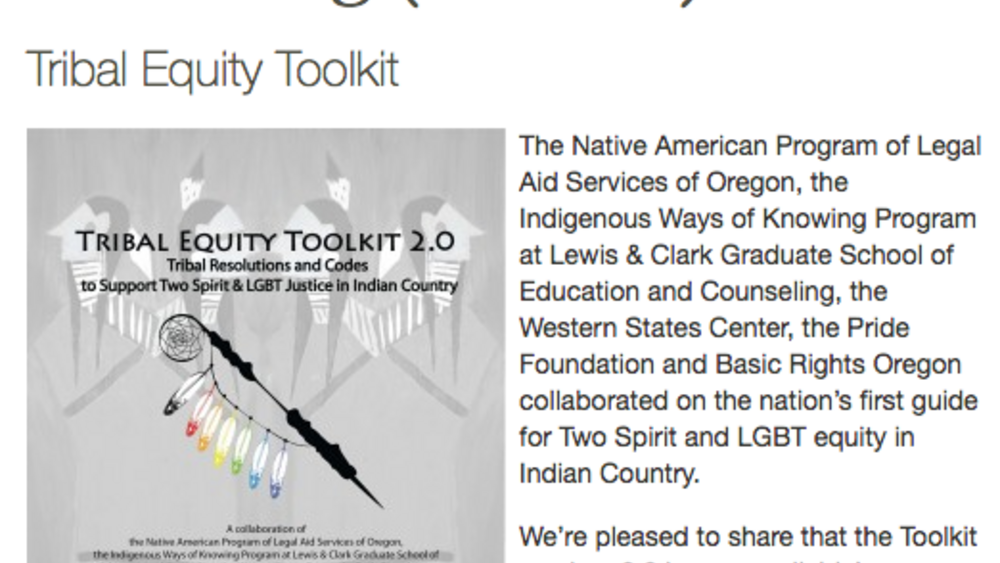
Tribal Equity Toolkit: Sample Tribal Resolutions and Codes to Support Two Spirit & LGBT Justice in Indian Country
This Toolkit has been developed to give tribal legislators a brief overview of legal and policy issues that impact the equal treatment of Two Spirit/ LGBT individuals. The Toolkit identifies areas in which existing laws discriminate against Two Spirit/ LGBT individuals, and offers sample resolution…
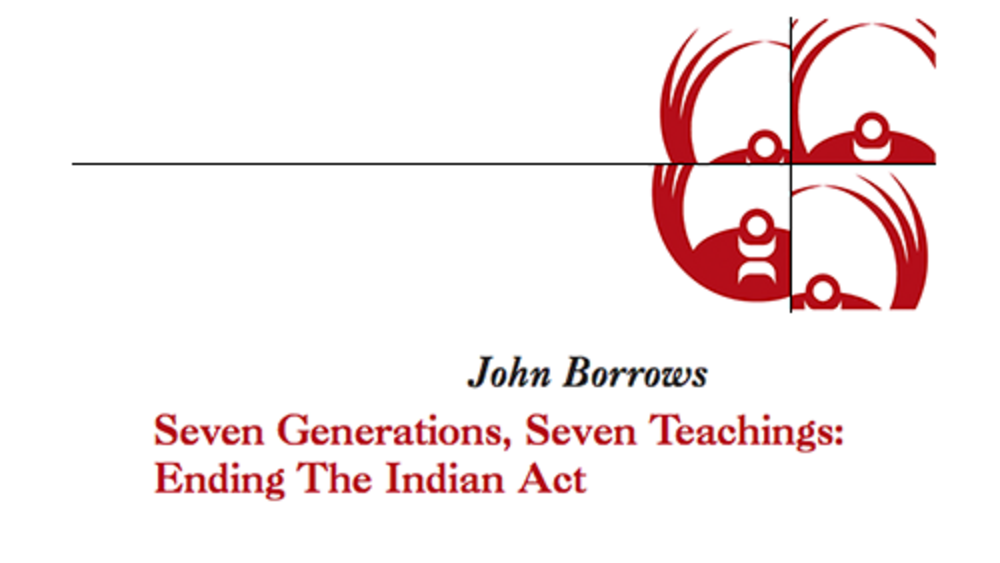
Seven Generations, Seven Teachings: Ending the Indian Act
Six generations have passed since the Indian Act was introduced and the seventh generation, now rising, will be healthier and our communities will enjoy more freedom if we assist them in getting rid of the Indian Act. Communities and the next generation can overcome the Indian Act’s hold over all…
Pagination
- First page
- …
- 14
- 15
- 16
- …
